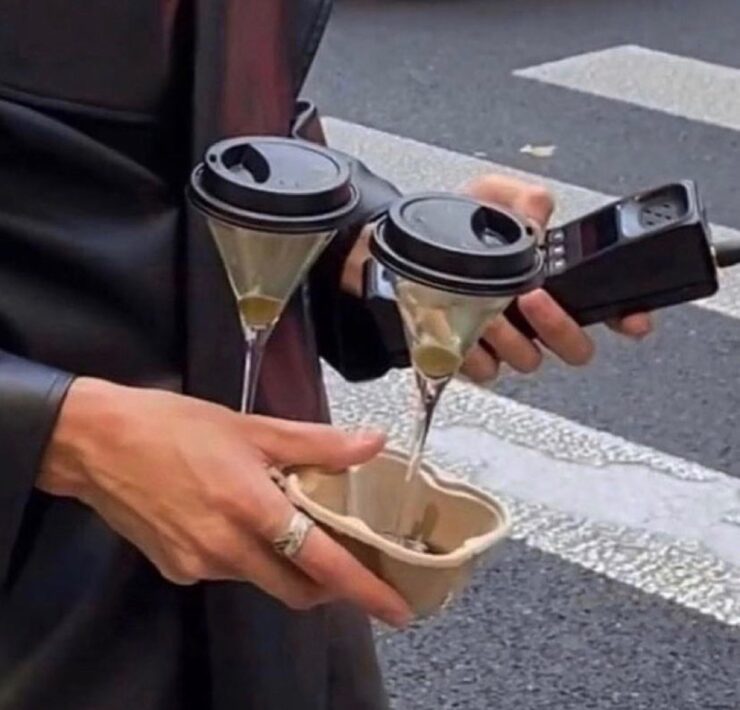A Testament to Artistic Endurance, Mary Corse’s Work Finally Sparkles in the LA Sunshine
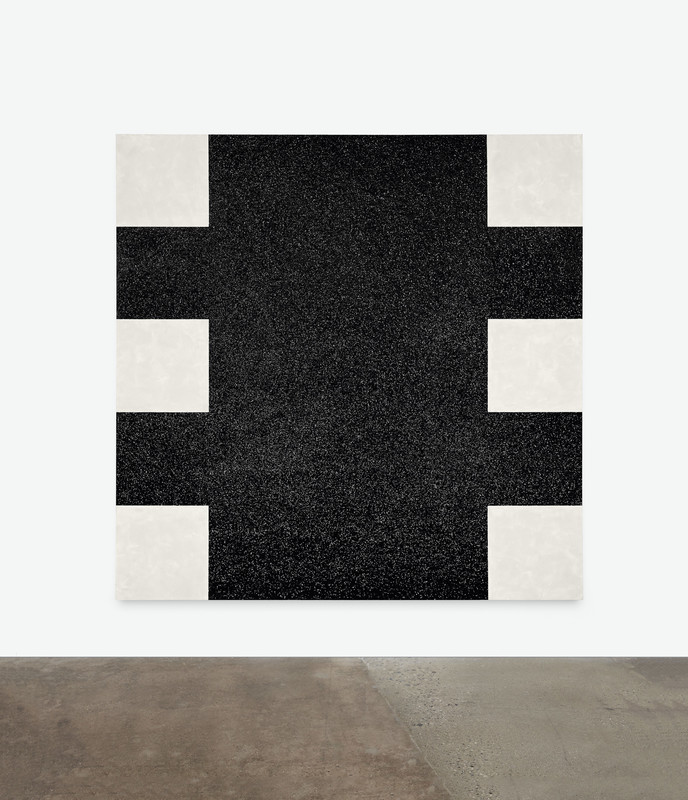
Mary Corse: A Survey in Light showcases the artist’s lifelong pursuit of light. On view at the Los Angeles County Museum of Art (LACMA) until November 10, Corse’s work achieves the seemingly impossible task of rendering ethereal matter with plexiglass, metal, and paint.
Swaths of ivory shimmer like a rustling organza skirt in Mary Corse’s most recent series, White Inner Band, and depending where you stand, the duo Untitled, (White Grid, Vertical Strokes) / (White Grid, Horizontal Strokes) appears matte or alive with textured brush marks. From creamy mother of pearl to fluorescent blue-light, the exhibition boasts 20 paintings, two sculptures, and three prints on view in every shade of white imaginable. Brimming with understated elegance, the work lacks the splash and camera-ready appeal of many of Corse’s contemporaries—minimalist, and California light and space artists. Maybe it’s her work’s subtlety, or maybe just the age-old injustice of inattention to female artists, but this show represents the first museum exhibition devoted exclusively to Corse’s work.
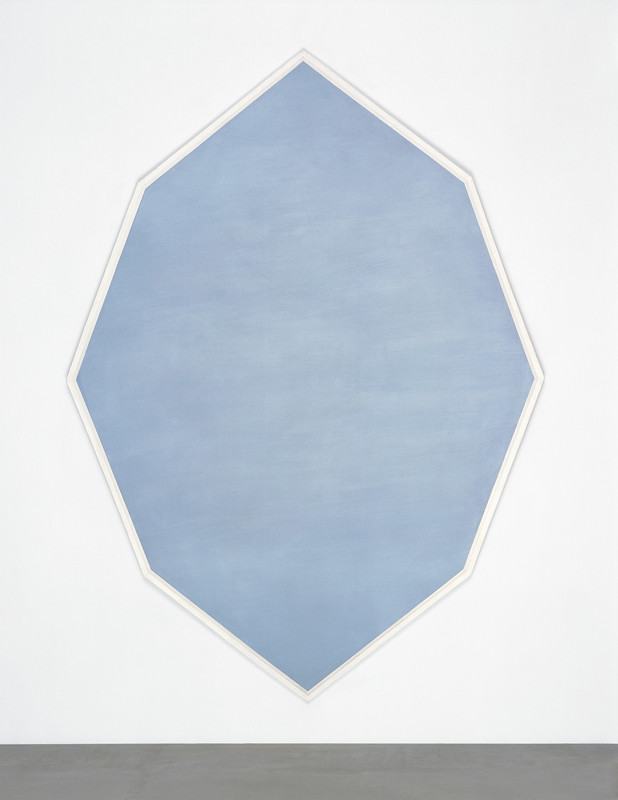
Untitled (Octagonal Blue), 1964, Corse’s earliest work on view evokes the reductionist aesthetic popularized by minimalist artists (think Sol LeWitt, Carl Andre, and Frank Stella) while simultaneously nodding to the earlier blue monochrome of Yves Klein and the geometry of Bauhaus artist Joseph Albers. Breathtakingly lovely, the work marries a flat swath of pastel blue with an unconventional marquise diamond shaped canvas, and despite clear art historical nods, it feels vaguely wedding inspired.
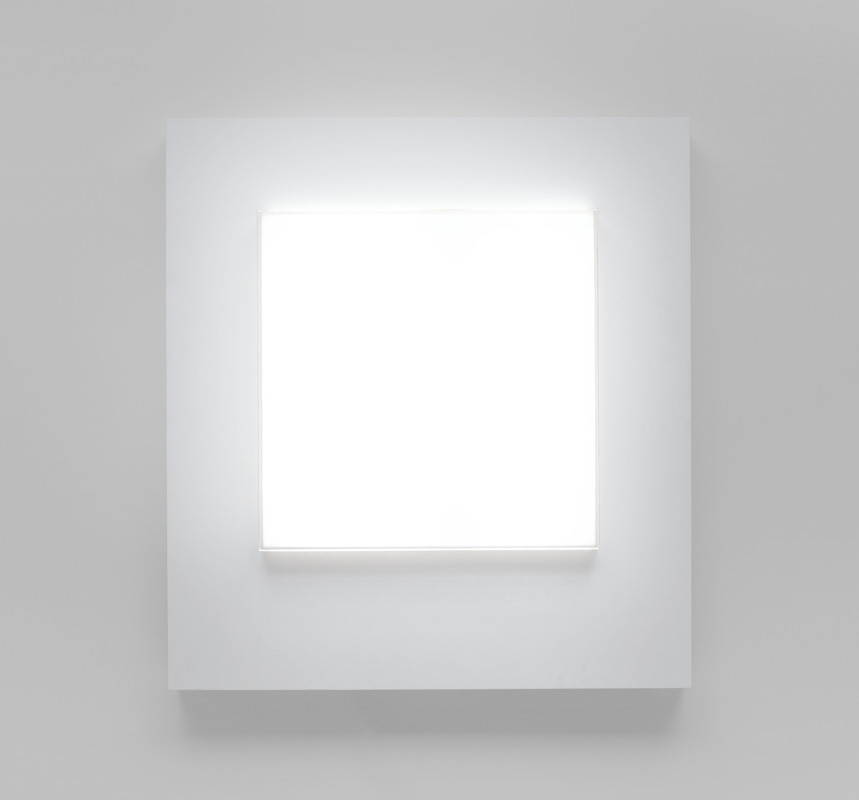
Corse continued from Octagonal Blue to create a fluorescent light series including, Untitled (Electric Light), 1968/2019). Complex mechanized structures, the wirelessly suspended argon light boxes required Corse to take physics classes in order to complete. This work feels most reminiscent of West Coast Light and Space artists like Robert Irwin and James Turrell.
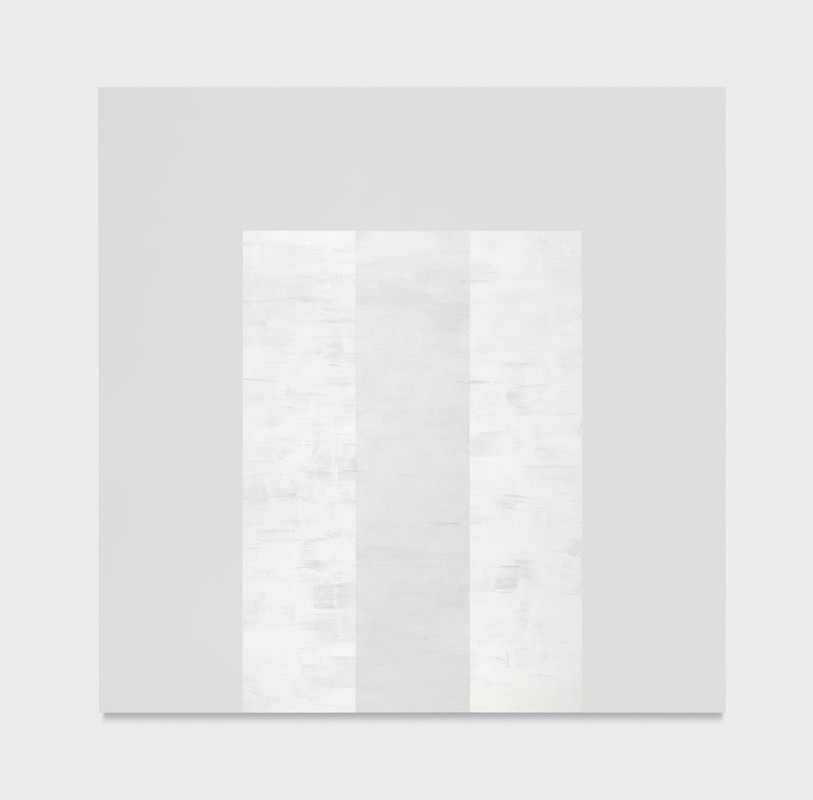
However, her highly technical iterations did not satisfy the quest to distill light. Rather than depicting the effects and refraction of beams, Corse hoped to embody the medium itself. Her breakthrough came in a few years alter. Driving down a Malibu highway, Corse noticed a momentary flash, light striking the highway signs in front of her. Inspired, she used the same glass microspheres embedded in road paint to make her White Light series. These works feel quietly triumphant, their textured surfaces refracting and reflecting the combination of sun and artificial light which streams into the room.
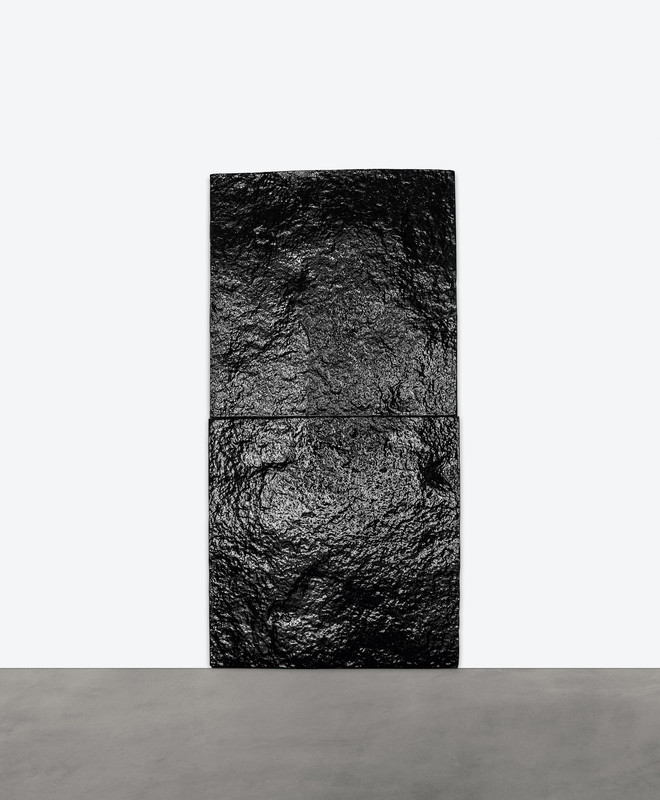
Corse continued to challenge herself, taking on black and color in later explorations of light. Her inquisitiveness is palpable, evident in the fearless ways she continually utilizes new materials. The artist’s curiosity invites her viewers engagement, and the exhibit’s collection of paintings and sculpture demand participatory viewing. Ultimately, Corse captures the essence of light in all its forms–streaming through glass window panes, shining from office bulbs, and bouncing off highway paint. Her varied strategies coalesce in this survey of her work to create an overall dazzling experience.


